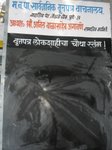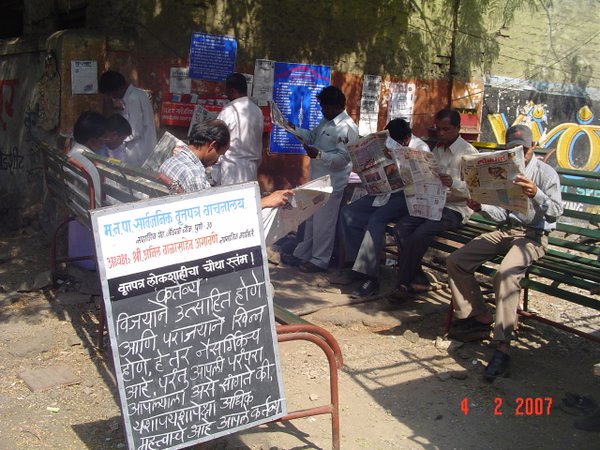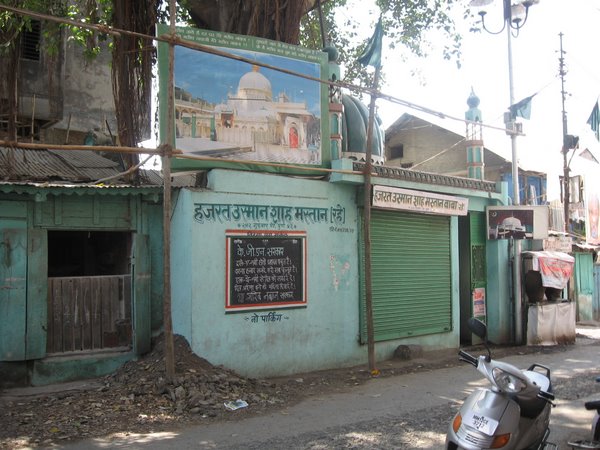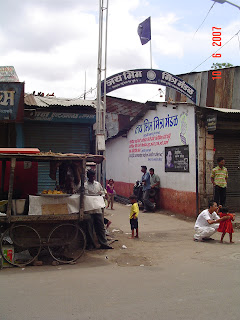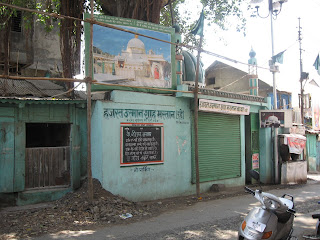Vartaphalak. An essentially ordinary element of the crowded landscape of urban centers in
And yet they stand out. At least they did for me, when I first began noticing these boards out of sheer curiosity. I thought they spoke to people, reached out to them with their range of vaarta- from announcing a death or a local meeting to satirical political commentary. From righteous moral messages to ideologically charged contentions. They reflected sentiments of anger and grief, celebration and devotion. The import of their content was local, communal, political and religious. And more often than not, they stood in a space which was necessarily a public space, community space. Vartaphalaks, I decided, definitely deserved more attention and thus embarked on this venture to capture the culture of writing vartaphalak in Pune city on film.
This photo-essay is an attempt to explore the role played by vartaphalak in the city’s life and in the lives of the communities which exist around these boards. There were several questions with which I started out: is the content of these boards political or ideological? Who writes these boards? What kinds of spaces exist around these boards? Do the boards carry their own identity markers overtly or covertly? Are they to be found across all parts of the city or only in certain parts? Does the content of the vartaphalak differ according to the community or area where it is located? How do people around relate to the vartaphalak?
The images which follow provide answers to some of the above questions, leave some unanswered. But I hope they are able to spark off an interest in the viewer to explore and make meanings of their respective spatial surroundings. We tend to take our everyday spaces so much for granted; but they are not mere physical spaces. They are inscribed with our own values, meanings and symbols and they respond to our changing contexts. Spaces like those inhabited by vartaphalaks illustrate this meaningfulness of spaces so well. And also give our cities their own unique culture and identity.

